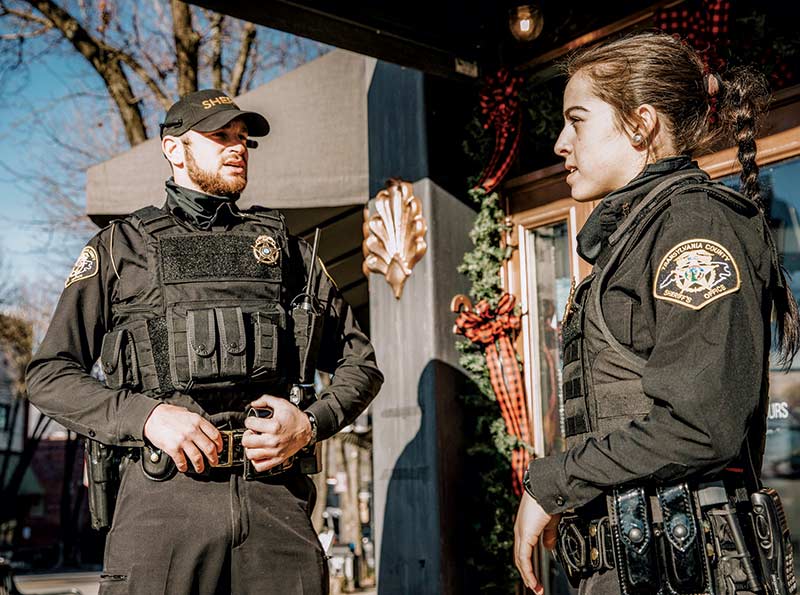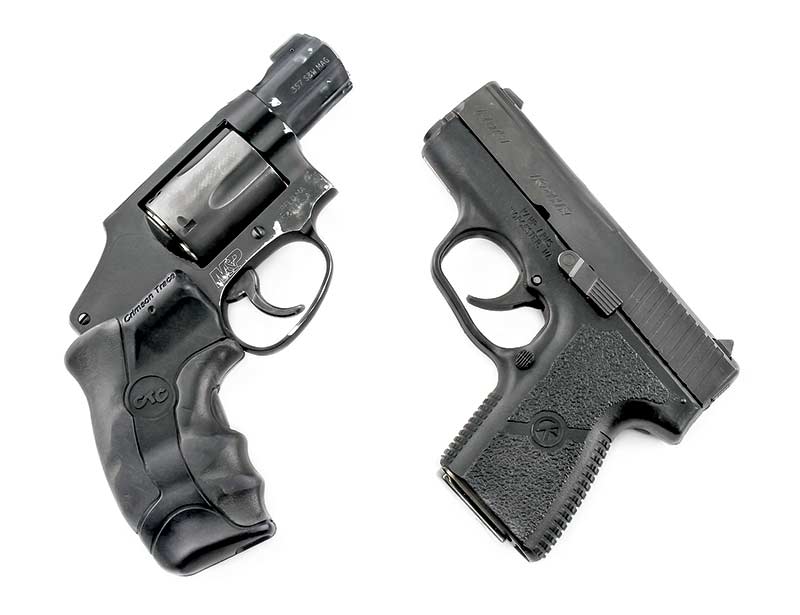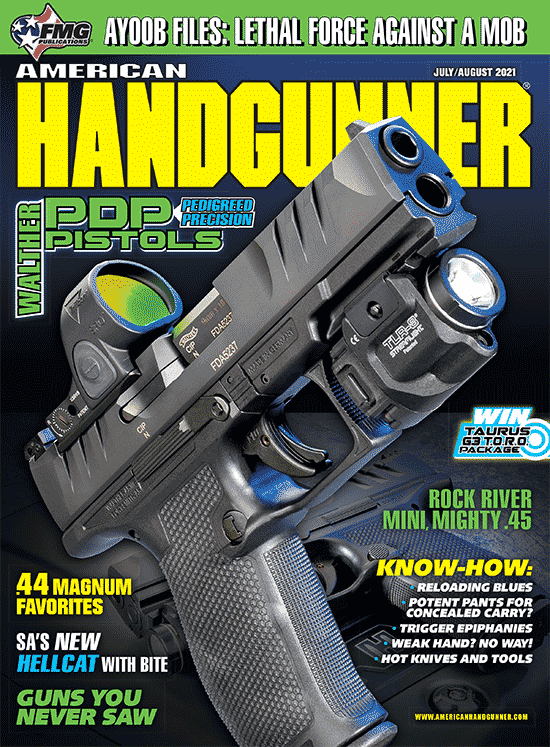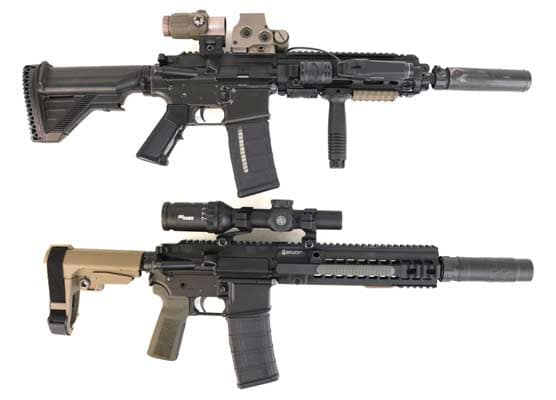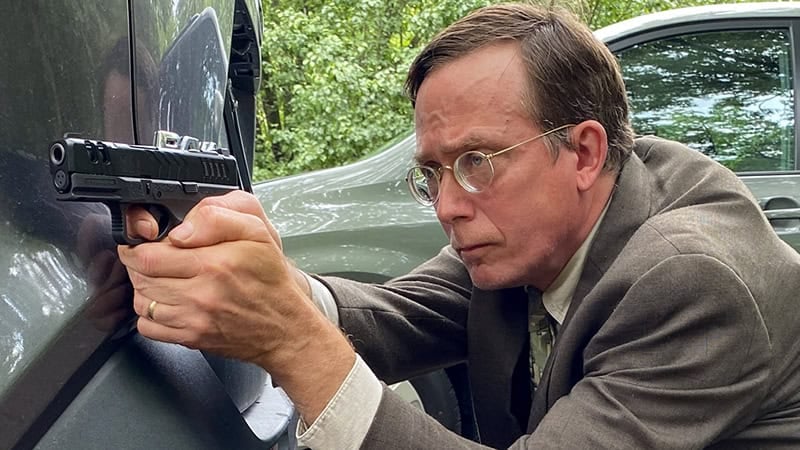Can You Really Access Your Gun Weak handed?
New duty gear may make some things easier, but some things harder.
One of our Handgunner readers from the law enforcement sector, Jerry Boyd, writes: “With officers now wearing external vest carriers (often bulging with equipment items) and wearing Level II or Level III holsters it’s nearly impossible for an officer whose gun hand is incapacitated to draw his/her handgun with the opposite hand. Reaching across the bulky external vest carrier and getting a proper grip on the handgun while defeating holster safety devices is impossible. With unloaded weapons, I have had dozens of officers attempt such a draw. Only one, a very thin, lanky officer with unusually long arms, was able to get the gun out of the holster and even he had to set the gun down to re-grip it so he could shoot. In this case, it took the officer over 12 seconds to extract the gun.
“In my last four years as an LEO, I wore such a vest and used a Level III holster. There’s no way I could have drawn with my off hand. My solution was to carry a backup handgun in one of the center pouches of my external vest carrier, where I could easily access it with either hand. This issue is one I am positive most officers never think of and yet if the SHTF they will wish they had. I thought of it as soon as external vests and retention holsters came on the market — because early in my career I sustained an on-duty gunshot wound to my arm.”
Retired lawman Jerry Boyd is a voice of experience on the matter. His writings have appeared in Handgunner’s sister publication for law enforcement, American COP. And as he has noted, having been wounded in the arm, he has credibility on the topic.
Not Just About External Vests
Everything has pros and cons, and uniform police gear is no exception. The reason the external vest for routine uniform patrol is currently trending is it keeps radio, spare pistol mags, perhaps expandable baton and handcuffs and TASER and pepper spray and even an AR15 magazine readily accessible at the front of the torso, taking the weight off the hips. The constant wear of a 15- to 20-lb. duty belt instead of a vest that distributes the weight across the upper body is one reason why lower back issues have historically been an occupational hazard of uniformed police work. But all of these, plus included body armor, significantly increases torso girth.
I’ve been teaching weak hand draw from strong side holsters since first becoming a police firearms instructor in 1972. There are some individuals who simply can’t accomplish it. The more stuff that’s between the reaching hand and the gun, the less range of movement there is to make the draw. Snatch-resistant security holsters make it harder for the bad guy to draw the good guy’s gun, but also harder for the good guy to get it out of the holster and on target.
It ain’t just the external vest. A concealed ballistic vest creates the same effect. So does obesity. Make all the doughnut jokes you want, but constantly sitting behind the wheel of a patrol car with your 8-to-10-hour shift punctuated by sudden bursts of extreme physical exertion is not the best route to physical fitness.
Today’s police departments emphasize fitness, but that has its own impact. The larger your biceps, shoulders and pecs become, the more range of movement you lose in terms of upper limbs reaching across the torso. Those of us who resemble the “before” picture instead of the “after” image in the Charles Atlas bodybuilding ads enviously use the term “musclebound.”
And all of those elements are true of off-duty cops, plainclothes officers and ordinary armed citizens. So, what to do?
Respectfully Suggested
A Backup Gun (BUG) accessible to the non-dominant hand is the logical “fix” for this potentially deadly problem. The external vest? You can rig it with a pouch to hold a compact BUG set up primarily for the non-dominant hand but still accessible to the dominant hand. An ankle holster set up for strong-hand draw (butt to the rear on the leg opposite primary hand) is still readily accessible to the support hand, preceded by a quick lift of the pants cuff. If the external vest has taken enough gear off your belt to clear a path for your non-dominant hand to reach a side pocket, that location will do nicely for a pocket holster.
Thanks to Jerry Boyd, who is fighting for the good guys even after his retirement from law enforcement, for bringing forth this discussion.



